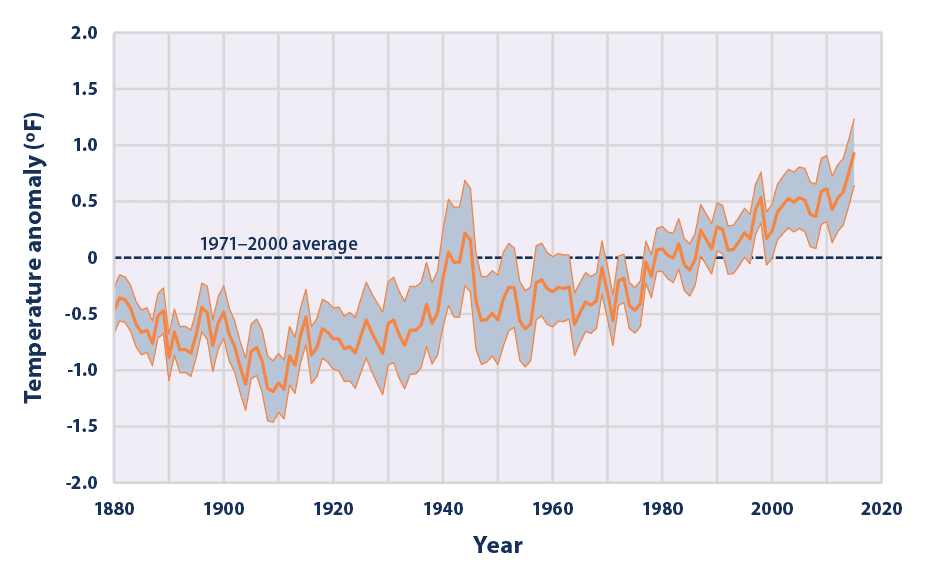For decades, scientists have known that rising sea temperatures lead to more intense and frequent storms, as well as other extreme weather such as hurricanes or drought. Now, researchers at NASA have performed the first study that provides a quantitative estimate of how much thunderstorms are likely to increase. Their projections suggest that every 1°C (1.8°F) rise in ocean mean temperatures increases storm frequency at the tropics by 21%.
The research team at NASA’s Jet Propulsion Laboratory in Pasadena, California analyzed 15 years of satellite data acquired by the federal agency’s Atmospheric Infrared Sounder (AIRS) instrument over the tropical oceans. According to the results, extreme thunderstorms — defined as those producing at least 3 millimeters (0.12 inches) of rain per hour over a 25-kilometer (16-mile) area — form when sea surface temperatures are higher than 28°C (82°F).
Oceans act as planetary heat sinks, absorbing about 20 times as much heat as the atmosphere over the past half-century. In fact, the top three meters of ocean water trap more heat energy than the entire atmosphere. Since the 1980s, oceans have absorbed roughly one-billion times the heat energy released by the atom bombs dropped over Hiroshima and Nagasaki, the study’s authors estimate. Some of this energy naturally escapes into the air, driving the strength and frequency of storm systems.
Based on established climate models, tropical ocean surface temperatures might rise by as much as 2.7°C (4.8°F) by the end of the century, meaning we could see 60% more extreme storms than today. Averaged as a whole, the global ocean surface temperature for January 2018 was 0.56°C (1.01°F) above the 20th century average of 15.8°C (60.5°F), according to NOAA.
“Our results quantify and give a more visual meaning to the consequences of the predicted warming of the oceans,” Hartmut Aumann, lead author of the new study, said in a statement. “More storms mean more flooding, more structure damage, more crop damage and so on, unless mitigating measures are implemented.”

This graph shows how the average surface temperature of the world’s oceans has changed since 1880. Credit: NOAA, 2016.
Besides increasing the severity and frequency of storms, warmer oceans put coastal communities at risk (and incur extra costs) due to rising sea levels and threaten marine wildlife such as coral reefs and fisheries due to ocean acidification (a byproduct of CO2 absorption).
The findings appeared in the journal Geophysical Research Letters.










